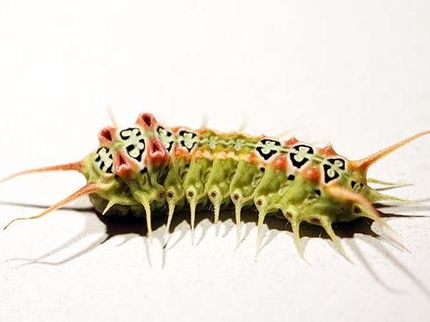MIT material stops bleeding in seconds
Work could significantly impact medicine
Advertisement
MIT and Hong Kong University researchers have shown that some simple biodegradable liquids can stop bleeding in wounded rodents within seconds, a development that could significantly impact medicine. When the liquid, composed of peptides, is applied to open wounds, the peptides self-assemble into a nanoscale protective barrier gel that seals the wound and halts bleeding. Once the injury heals, the nontoxic gel is broken down into molecules that cells can use as building blocks for tissue repair.
"We have found a way to stop bleeding, in less than 15 seconds, that could revolutionize bleeding control," said Rutledge Ellis-Behnke, research scientist in the MIT Department of Brain and Cognitive Sciences. This study will appear in Nanomedicine. It marks the first time that nanotechnology has been used to achieve complete hemostasis, the process of halting bleeding from a damaged blood vessel.
In their experiments on hamsters and rats, the MIT and HKU researchers applied the clear liquid containing short peptides to open wounds in several different types of tissue - brain, liver, skin, spinal cord and intestine. "In almost every one of the cases, we were able to immediately stop the bleeding," said Ellis-Behnke, the lead author of the study.
Unlike some methods now used for hemostasis, the new materials can be used in a wet environment. And unlike some other agents, it does not induce an immune response in the animals being treated. The exact mechanism of the solutions' action is still unknown, but the researchers believe the peptides interact with the extracellular matrix surrounding the cells. "It is a completely new way to stop bleeding; whether it produces a physical barrier is unclear at this time," Ellis-Behnke said.
The researchers are confident, however, that the material does not work by inducing blood clotting. Clotting generally takes at least 90 seconds to start, and the researchers found no platelet aggregation, a telltale sign of clotting.



















































